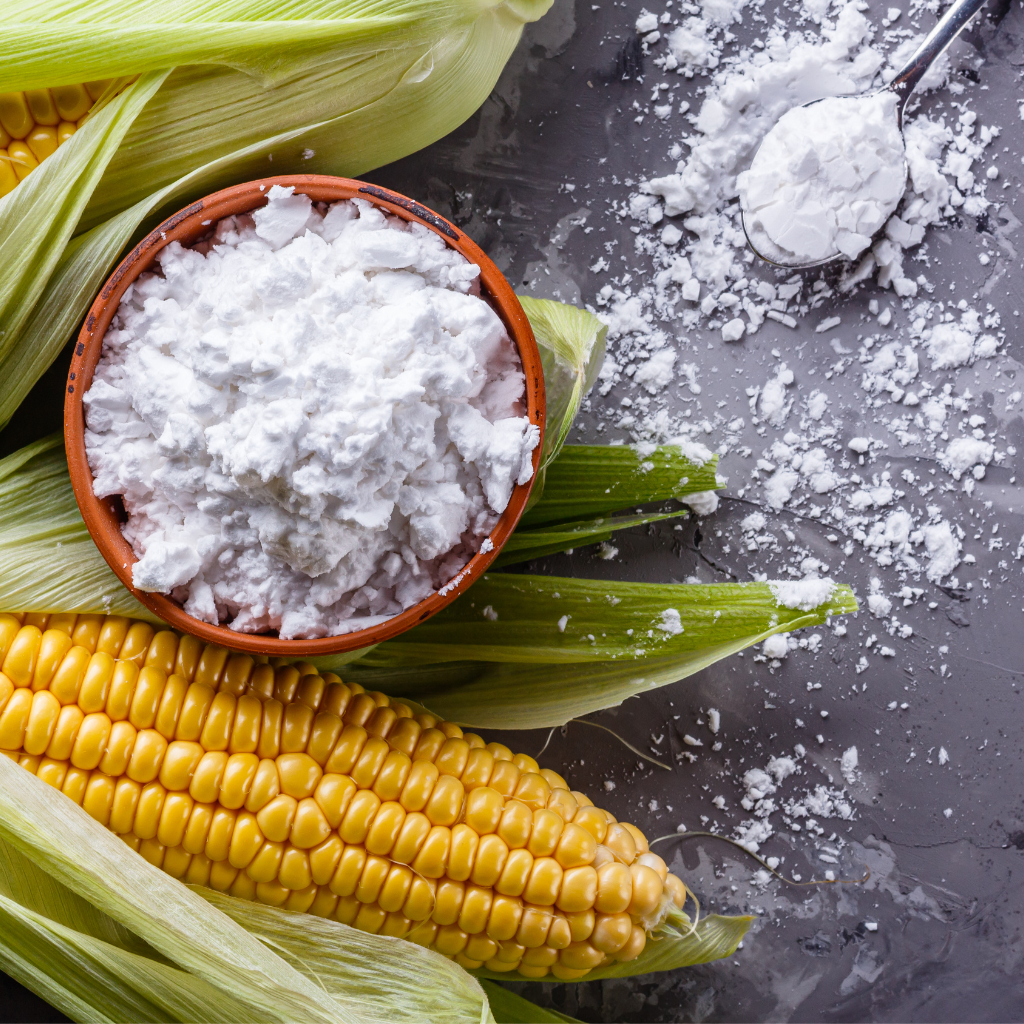
Using Corn Starch to Soothe Rashes
Share
Skin irritations and rashes can be uncomfortable, causing itching and redness that disrupts your day. While there are numerous over-the-counter remedies, sometimes a simple kitchen staple can provide relief. Corn starch, known for its natural soothing properties, has been a go-to remedy for generations to calm various skin rashes. Let's delve into how corn starch can be used for rash treatment and some tips for best results.
Understanding Corn Starch
Corn starch, or corn flour as it is sometimes called, is a carbohydrate extracted from the endosperm of corn. This fine, powdery substance is commonly used in cooking and baking to thicken sauces and soups. However, its highly absorbent nature makes it a versatile product that extends beyond culinary uses.
Properties of Corn Starch
Corn starch is known for its ability to absorb moisture, which can be beneficial when dealing with damp or weepy rashes. Its gentle and non-irritating qualities make it suitable for sensitive skin, while its cooling effect can provide immediate redness relief when applied to affected areas.
How Corn Starch Helps Rashes
by Allef Vinicius (https://unsplash.com/@seteph)
Absorbing Excess Moisture
Rashes often produce excess moisture which can further irritate the skin and prolong discomfort. Applying corn starch to a rash can help absorb this moisture, keeping the area dry and reducing the risk of further irritation.
Reducing Friction
Friction can exacerbate skin rashes, especially in areas where skin rubs against skin or clothing. Dusting corn starch on these areas can minimize friction, providing a protective barrier that helps prevent the rash from worsening.
Cooling Effect
Corn starch has a natural cooling effect when applied to the skin. This can be particularly soothing for heat rashes or sunburns, where the skin feels hot and inflamed.
Using Corn Starch Safely
While corn starch can be effective for treating certain types of rashes, it's essential to use it correctly to avoid potential problems.
Clean and Dry Application
Before applying corn starch, ensure that the affected area is clean and thoroughly dried. Applying corn starch to a wet or dirty rash can lead to the growth of bacteria or fungi, worsening the condition.
When to Avoid Corn Starch
Corn starch should not be used on open wounds or oozing rashes, as it can create an environment that promotes infection. Additionally, those with corn allergies should avoid using corn starch on their skin.
Conclusion
Corn starch can be a simple and natural remedy to soothe skin rashes, thanks to its moisture-absorbing and friction-reducing properties. If you're seeking redness relief or a gentle solution for sensitive skin, consider giving corn starch a try. Always remember to use it on clean, dry skin and consult with a healthcare professional for severe or persistent rashes.
Have you tried using corn starch for rash relief? Share your experiences or ask questions in the comments below.

